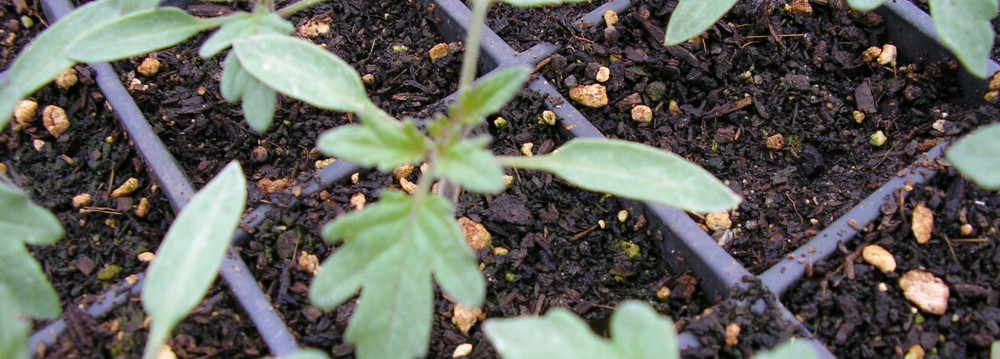The soil is mostly a sandy loam that was deposited by the Des Moines lobe of the Wisconsin Glacier and created by 10,000 years of trees and grass. The topography is slightly rolling. Originally, this was part of the Big Woods, an oak basswood savannah. In the late 1850s the St. Paul and Pacific Railroad was granted the odd numbered sections along the a right of way. The land surrounding the rail line was to be sold off to pay for the construction of the railroad. Cassels purchased a large tract north of the line. Eventually, they split off this farm and sold it to John Siebel.
To everyone around here, this is known as ‘Grams’ Farm’. Bill and Marie Grams bought this farm in the early 1930s and farmed here until 1966 when Bill died. The Grams had a very diversified farm. They raised some corn, small grains, hay, had a large garden, 22 dairy cows, a few pigs, some chickens. Originally they used six horses to do the field work. Ice was cut out of the river and stored for use in the summer. This was one of the first farms in the area to have electricity.
After Bill died, Marie rented the land to a neighbor, Norman Duske. Norman still farms next door. He has about 60 dairy cows, raises corn, beans, oats, and alfalfa. Norman cut hay and raised corn on this land for about 25 years before we bought it. In between Marie and us, there were a succession of owners who did not do much farming themselves.
Raising corn for all those years was hard on the soil. The soil is fairly sandy and has a low organic matter content. Conventional farming does not replace organic matter lost to tillage, cultivation, and crop harvests. Even though Norman spread cow manure back on the fields, the soil was getting run down. In addition, chemical fertilizers and pesticides kill off or disable the soil bacteria that fix nitrogen and break down organic matter to release nutrients.
When Mary and I purchased this farm in 1992, about half of the farm was CRP (grass) and half was corn. We asked Norman to plant alfalfa on the part that had been in corn. The alfalfa would help rebuild the soil while we were in transition to becoming certified organic. It took several years for the soil biology to recover and come back to life.
The first year we plowed up some of the grass and planted sorghum sudan grass and soybeans to improve to the soil. Our first crops were tomatoes and summer squash that we sold to a small coop in Buffalo. Soon we started a small CSA. We had four members and offered home delivery. We also started growing arugula and radishes to sell to Lakewinds Natural Foods in Minnetonka. After about five years of organic management, it seemed like the soil came back to life and become more vital and productive.
Each year the area under cultivation grew until there were about 30 acres in a four year rotation. A crop rotation has several important functions: 1) produce a saleable crop 2) prevent weed, disease, and insect problems, 3) feeds the soil microbes, and 4) Allows the soil to recover some of it’s natural structure. We have about 50 acres of land that is woods and river bottom. This provides habitat for all manner of birds, mammals, amphibians, reptiles, and mosquitos.
